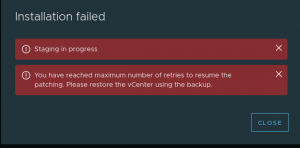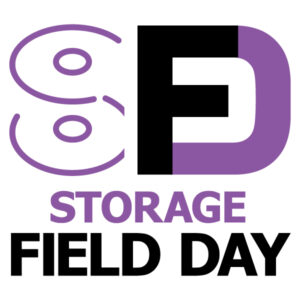Last week I had the opportunity to participate in a session with Zerto at their global headquarters in Boston, MA. as part of Storage Field Day 16. This was a session I was really looking forward to after having been a partner for ~3 years and someone who really likes the technology.
The session started with the companies Chief Marketing Officer, Gil Levonai going over the core details of how the company has grown and how their block based Continuous Data Protection technology has evolved over the years.
Zerto Virtual Replication (ZVR) disaster recovery product that uses block based replication allowing it to be hardware agnostic. This means you can use any underlying storage vendor between sites. Zerto is building out their cloud portfolio to allow replication across multiple hypervisors and public cloud companies from vSphere and Hyper-V, through to AWS and Azure, and beyond. There are two main components that are required at both sites for the replication to work, the Zerto Virtual Manager (ZVM) and the Zerto Virtual Replication Appliance (ZVRA). The ZVM is a Windows VM that connects to vCenter/Hyper-V Manager to run the management WebGUI and present and coordinate the VMs and Virtual Protection Groups (VPGs) between sites. The ZVRAs are loaded on to each hypervisor as an appliance and is used to replicate the blocks across sites while compressing the data. One storage platform they do no support currently is VVOLs, however, they are a company that will develop for the technology as there is demand.
You can set your target RPO to a mere 10 seconds and retain your recoverable data in the short-term journal from 1 hour up to 30 days – meaning you can restore data from a specific time rather than when the backup was last run..
The VPGs are groups of VMs you want to be part of a failover group. This is where you can create a group for say a 3 tier app where you need each VM to restart in a certain order at certain intervals.

You can see the Gil’s talk here: https://vimeo.com/277582934
So, what was the technical discussion during this session? Mike Khusid (Product Management Leader) took us through their new Long Term Retention (LTR) piece that is currently under development to extend the capabilities of ZVR. This is due to to be included in their next Major release, Zerto 7. This requirement for many enterprises is driven by the need to meet compliance standards and be able to retain data from 7 to 99 years. The benefit of this being included in Zerto’s Continuous Data protection means that you will have an available copy of data that was created ~3 minutes prior to being deleted, ensuring it will be recoverable within the set retention period.
This is certainly a great way for Zerto to extend their product set to be able to meet the compliance demands that many companies face. As a partner using Zerto, I know this will be a great piece to be able to pass on to our customers.
You can also catch Mike’s segment here: https://vimeo.com/277583291
Thank you Zerto for taking the time to present at Storage Field Day #16.






1 thought on “Zerto – Not Just Short Term DR Retention Anymore”